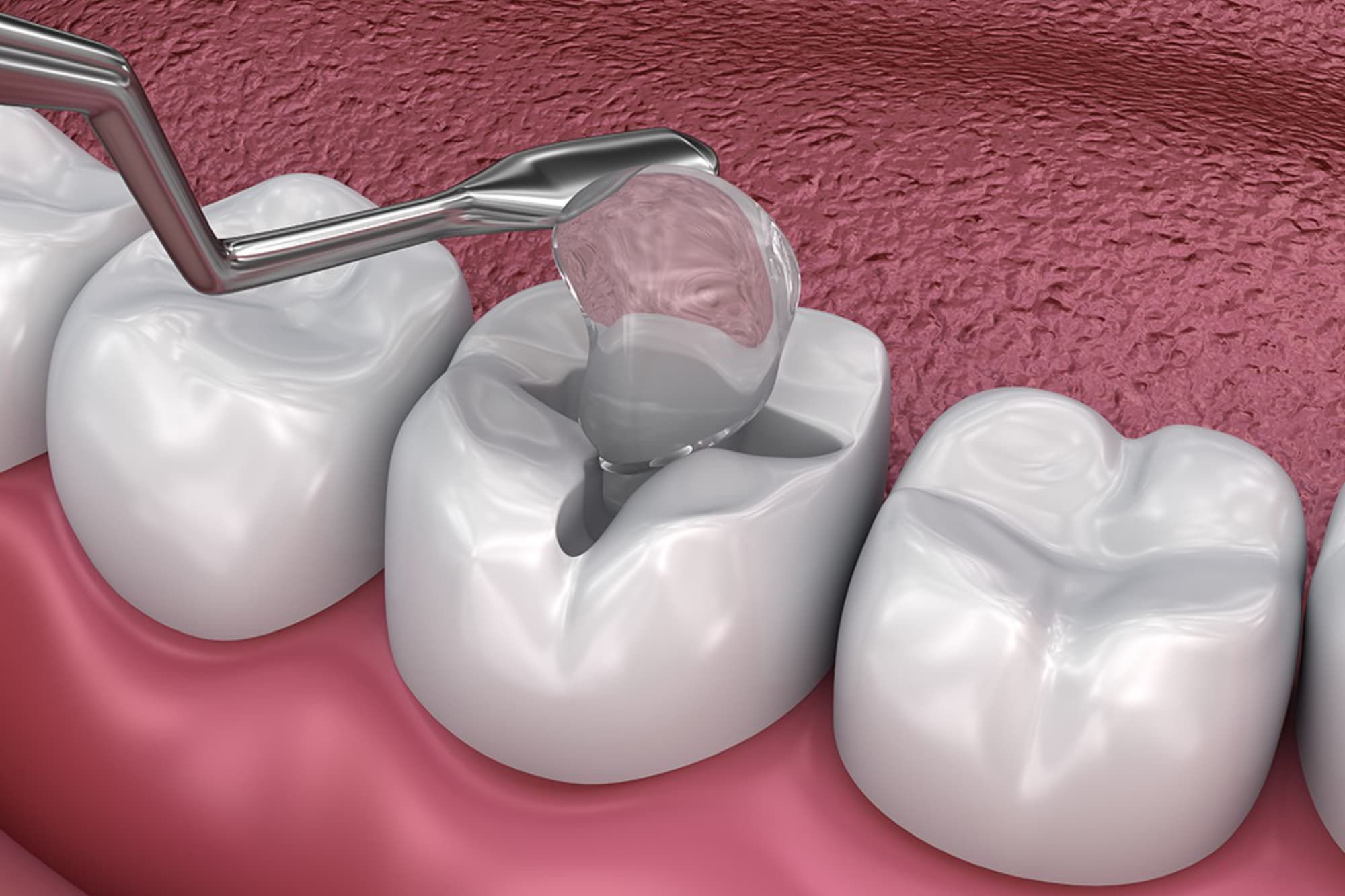How big of a hole can a filling fill?

Strong 8k brings an ultra-HD IPTV experience to your living room and your pocket.
Dental fillings are one of the most common solutions for cavities and tooth decay. But have you ever wondered how large a hole a filling can actually fix? While fillings are designed to restore the integrity of a tooth, there are limits to how much they can cover before other treatments become necessary. Let's explore the factors that determine the size of a hole a filling can fill and when alternative treatments might be required.
The Role of Dental Fillings
A Dental filling in Islamabad is used to restore a tooth that has been damaged due to decay or minor fractures. The purpose of a filling is to prevent further deterioration by sealing off the cavity and reinforcing the structure of the tooth. Fillings come in different materials such as composite resin, amalgam, gold, and ceramic, each with its own benefits and limitations.
How Large Can a Filling Be?
Small to Moderate Cavities
Fillings are highly effective for small to moderate cavities. If the decay affects only a small portion of the enamel and dentin, a filling can easily restore the tooth’s functionality and appearance. Composite and amalgam fillings are commonly used for these cases as they provide a strong and long-lasting solution.
Large Cavities and Deep Decay
When a cavity extends beyond the dentin and reaches the inner layers of the tooth, a filling alone may not be sufficient. Large holes that compromise a significant portion of the tooth structure can weaken the tooth, making it more prone to fractures. In such cases, a dentist may recommend alternative solutions such as inlays, onlays, or crowns to provide better reinforcement.
Factors That Determine the Feasibility of a Filling
1. Extent of Decay
If the decay has spread significantly and has weakened the majority of the tooth, a filling may not provide enough support. Large cavities often require a crown to encase and protect the tooth.
2. Tooth Location
Molars and premolars bear most of the chewing force, so a large filling in these teeth may not hold up well over time. If a filling is too large, it can lead to breakage, necessitating a crown instead.
3. Type of Filling Material
The choice of filling material impacts how well it can fill a cavity. Composite fillings, for instance, bond well with the tooth but may not be suitable for very large cavities. Amalgam fillings are stronger and can withstand significant pressure but are less aesthetic.
4. Tooth Integrity
If too much of the tooth structure is lost, a filling might not stay in place. In such cases, a more extensive restorative option like a dental crown is recommended.
Alternative Treatments for Large Cavities
If a filling is not enough to restore the tooth, dentists may recommend the following:
1. Inlays and Onlays
Inlays and onlays are more extensive than fillings but less invasive than crowns. They are custom-made to fit inside the cavity and provide a stronger solution for larger cavities.
2. Dental Crowns
A crown covers the entire tooth, protecting it from further damage. If a cavity is too large for a filling, a crown ensures that the tooth remains functional and aesthetically pleasing.
3. Root Canal Treatment
When decay reaches the pulp (the innermost part of the tooth), a root canal may be required before placing a crown. This procedure removes infected tissue and seals the tooth to prevent further infection.
When to Consider a Dental Filling vs. a Crown
If you have a small to moderately sized cavity, a filling is usually sufficient. However, if more than half of the tooth is affected or the tooth is at risk of breaking, a crown or onlay may be the better option. Your dentist will assess the extent of the decay and recommend the most appropriate treatment.
Cost Considerations for Large Fillings
The cost of dental fillings varies depending on the material used, the size of the cavity, and the location of the tooth. Larger fillings typically cost more due to the increased amount of material and precision required. If a filling is not enough and a more advanced procedure is necessary, the overall treatment cost will increase. You can explore teeth filling costs in Islamabad to get a better understanding of pricing and available options.
Conclusion
Dental fillings are an effective way to restore teeth with cavities, but they have their limitations. Small to moderate cavities can be treated with fillings, while larger ones may require inlays, onlays, or crowns. Consulting a dentist is essential to determine the most suitable treatment based on the severity of the decay. If you are experiencing dental issues, seeking professional care will ensure your oral health remains intact and your smile stays strong.
Note: IndiBlogHub features both user-submitted and editorial content. We do not verify third-party contributions. Read our Disclaimer and Privacy Policyfor details.







